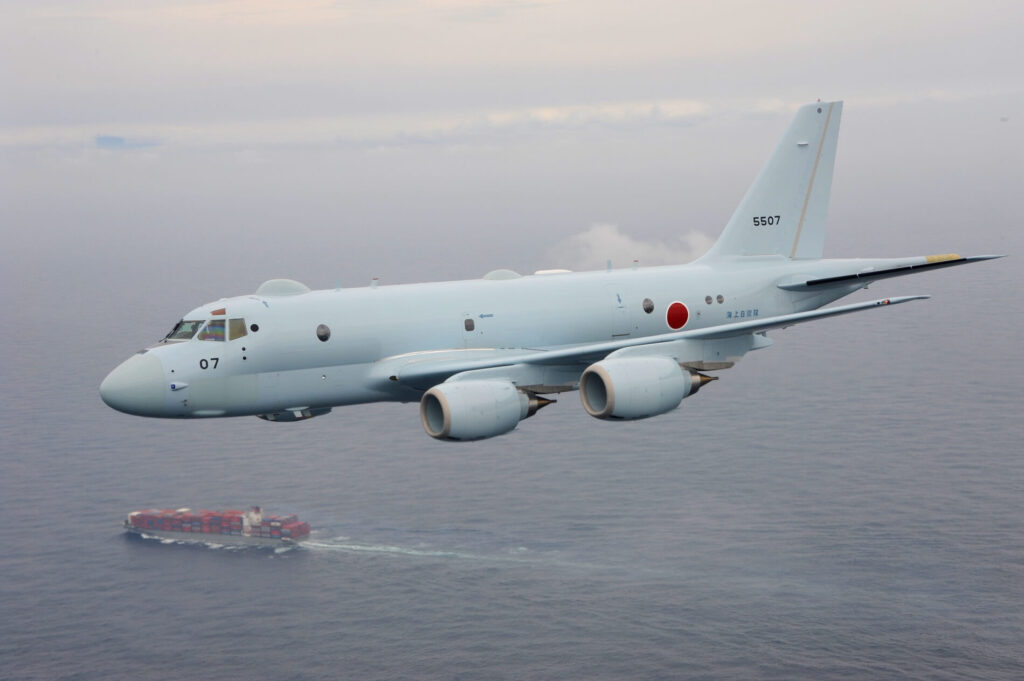Following reports of a foreign submarine cruising near the Satsunan Islands, the Japan Maritime Self-Defense Force deployed two warships, including a helicopter carrier transporting an array of helicopters dedicated to anti-submarine warfare. A Kawasaki P-1 maritime patrol aircraft was also deployed in the region. Such a large deployment of force by Japan is relatively unseen.
The Satsunan Archipelago is the northernmost region of the Ryukyu Islands that extend from the Japanese island of Kyushu all the way to Taiwan. The Japanese military detected a submerged vessel of 8000 tonnes in the contiguous zone between the Tokura and the Amami territorial waters on June 18, 2020. The Japanese Ministry of Defense did not officially confirm the nationality of the vessel, but sources told The Japan Times the Chinese Navy was suspected.
The Satsunan Islands (DEMIS)
As per the United Nations Convention on the Law of the Sea, “in the territorial sea, submarines and other underwater vehicles are required to navigate on the surface and to show their flag.” Submerged cruises, however, are authorized in contiguous zones.
Nevertheless, the potential presence of a Chinese nuclear submarine so close to its territory led the Japan Maritime Self-Defense Force to answer firmly. Two warships have been deployed in the region, the first being the JS Kaga helicopter carrier. The Kaga belongs to the Izumo class, the largest in the Japanese navy since the Second World War, and can carry up to fourteen helicopters including the Mitsubishi SH-60J Seahawks for maritime combat, the Mitsubishi UH-60J Blackhawks for sea search and rescue, and the AgustaWestland MCH-101 Merlin mine warfare. The second warship is the destroyer JS Ashigara which is also capable of operating a Mitsubishi SH-60 Seahawk helicopter. Additionally, a Kawasaki P-1 maritime patrol aircraft was deployed to monitor the region.
In service since 2013, the P-1 was developed indigenously by Kawasaki Aerospace Company to replace the aging Lockheed P-3C Orion. Unlike most maritime patrol aircraft which are usually converted civilian or transport planes, the P-1 was conceived from the ground up, with a unique airframe, engines and internal systems. Its state-of-the-art magnetic anomaly detector (MAD) allows detecting close to any moving metal object underwater. It also features eight external hardpoints for anti-ship missiles and eight internal bomb bays that can be armed with torpedoes, mines, or depth charges.
This last decade has seen a surge of Chinese naval incursions in the Japanese territorial waters, especially around the Senkaku Islands, a Japanese territory claimed by both China and Taiwan. On September 6, 2018, the Japanese Ministry of Foreign affairs published a report claiming that up to five Chinese vessels enter the Japanese waters every month while sailing daily in its contiguous zone. While the incursion detected on June 18, 2020, was not unique, it was, however, the first time that it triggered such an intense reaction from Tokyo.

